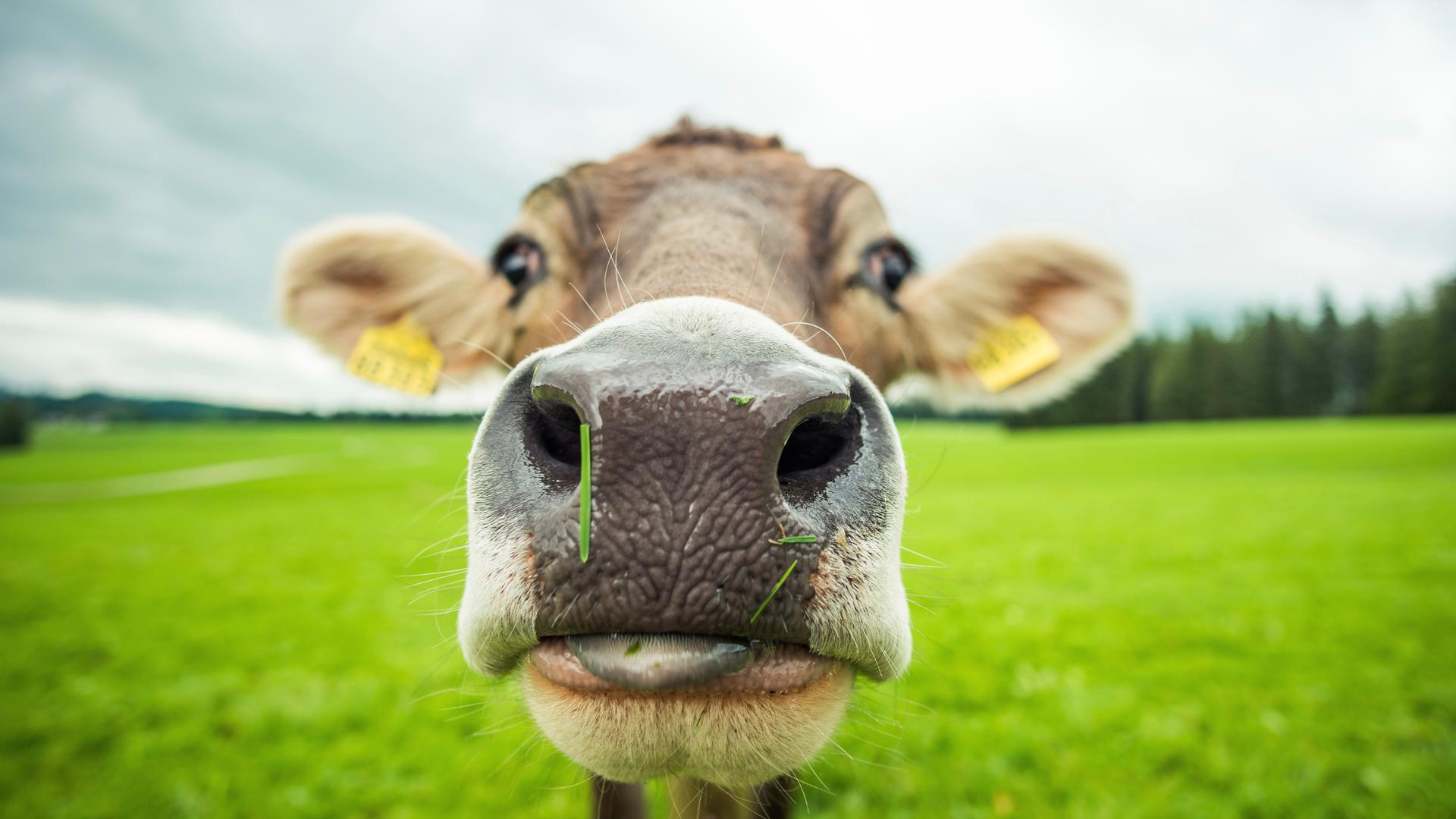The emotional lives of cows
Research at The University of Sydney in Australia suggests cows have individual voices, and they talk to each other.
Ever walk by a group of cows and wonder what they’re mooing about?
Alexandra Green might be able to help.
Related: The myth of the gendered brain
Green is a PhD student at The University of Sydney in Australia who studies how cows communicate. In a recent study published in Scientific Reports, she found that cows have unique voices — and they talk to each other.
“What we found in this particular study is that their voices are individually distinct, and more importantly, they can maintain these individual voice characteristics across contexts.”
“What we found in this particular study is that their voices are individually distinct, and more importantly, they can maintain these individual voice characteristics across contexts,” she told The World.
Cows are social creatures, and can become distressed when they are separated from their herd, or when they are taken away from their mothers too young. That’s why having individual voices may be particularly useful, Green said.
“The fact that they have these vocal cues to individuality may assist them in recognizing their herdmates, and attract help for them in times of need … and they vocalize over short and long distances as a form of communication,” she said.
Related: Feeling lonely? You’ve got company.
These observations tracked with the experience of Pete Stickney, the farm manager at The Putney School in Vermont who cares for a herd of about 40 cows. Stickney was not involved in the study.
“Mooing usually indicates some sort of distress or change. Usually the change is from moving from one group to another, and they moo back at their old compatriots,” he said.
In fact, Green said that her research may be most useful to dairy farmers — particularly those who manage large herds.
“What we’re seeing especially in the dairy industry is herd sizes are increasing, and individual animal attention is decreasing. We need to develop novel ways of assessing welfare and well-being on the farm and it could greatly benefit their farming.”
“What we’re seeing especially in the dairy industry is herd sizes are increasing, and individual animal attention is decreasing,” she said. “We need to develop novel ways of assessing welfare and well-being on the farm, and it could greatly benefit their farming.”
Related: The meatless Whopper’s ‘Impossible’ goal: To save the planet
Stickney said viewing cows as individuals, not just as a herd, is essential.
“You know, people are surprised I know 40 cows apart. But people who have two or three or four dogs or cats certainly know them apart,” he said.
“We make a living from our cows, so we’re well-acquainted with their needs [and] their wants,” he added.
The World is an independent newsroom. We’re not funded by billionaires; instead, we rely on readers and listeners like you. As a listener, you’re a crucial part of our team and our global community. Your support is vital to running our nonprofit newsroom, and we can’t do this work without you. Will you support The World with a gift today? Donations made between now and Dec. 31 will be matched 1:1. Thanks for investing in our work!
